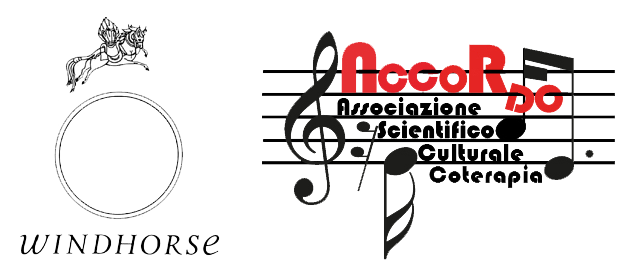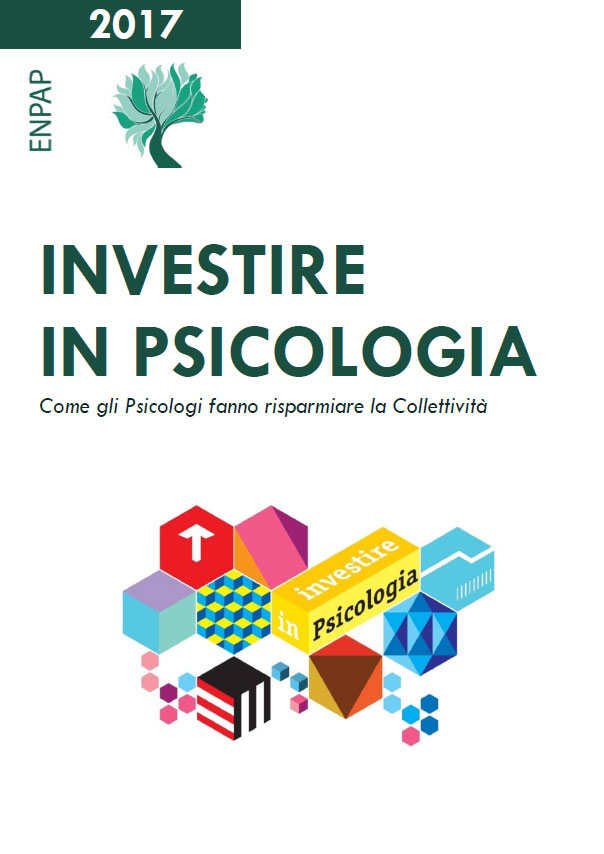Here we present an extract from the “Windhorse Italia” project in the volume “Investire in psicologia – come gli psicologi fanno risparmiare la collettività” (Investing in psychology – how psychologists save the community”, by ENPAP 2017, page 73 – 74.
DESCRIPTION OF THE PROBLEM
The project concerns the treatment and care of medium-severe psychiatric patients with an integrated home-based intervention modality, according to the principles of the “Windhorse Model” by Edward Podvoll. These are individualized and integrated projects “tailor-made” with a view to welcoming and deep attention, using the relationship and attention to the “here and now” as tools to find the lost balance.
The training for the operators is based on mindfullness and on techniques borrowed from Gestalt, and allows you to get in touch with the subjects and their families in a gentle but profound way, respecting the times and methods.
This, in addition to producing a significant economic saving compared to a traditional insertion in the community, enhances the abilities and peculiarities of each subject, in a perspective that sees “healing” as the achievement of a balance more functional to the needs of the subject, in continuous evolution.
The Windhorse teams are formed on the basis of the patient’s needs and generally include figures of psychotherapists, psychiatrists, and the figure of the “Basic Attender”.
The presence of such teams has a positive impact on the territory both because the patients are not uprooted and because care is taken to involve the whole family, and the well-being sought is that of the whole nucleus, whose members are involved in periodic enlarged team meetings.
The same teams have periodic meetings according to agreed modalities in which the same principles of listening to oneself and of the other are applied as they are practiced both during Windhorse psychotherapy sessions (also at home) and during the Basic Attendance shifts. This creates a “Windhorse environment”, a sort of community where mutual listening is cultivated.
Carriers of medium-serious psychic disorders such as psychotic, bipolar or borderline disorders of personality and family members cohabiting with them.
INTERVENTION TERRITORY
Piedmont Region, provinces of Turin and Biella.
VISION AND THEORY OF CHANGE
The “desired change” is defined with the people directly involved, and we could generically define it as “improved balance achieved”; balance that we consider dynamic and in constant arrangement.
Key elements are the centrality of the subjects and their real balance, which from their point of view could also be a non-change, at least in the eyes of the operators. The “gentle input” of the Basic Attender in the home and in the life of the subjects involved is in itself, because it is integrated into everyday life, a harbinger of change, and the tool is the relationship. A real relationship and, in a certain sense, equal, (though inevitably helping) and therefore much more exportable to the other relational models of the subjects’ lives.
The model has been tested since 1981 in Colorado and then in other US states. In Europe in Vienna since 1994, Switzerland, Germany, and, in Italy, since 2009, by our Association.
ACTIVITIES AND STRATEGY
“Shifts” lasting three hours by the “Basic Attenders” – people trained through a specific training based on mindfullness and listening techniques borrowed from Gestalt, but also used in training for actors and dancers – from one to three times the week
– Frequent sessions (one or two a week) of Contemplative Psychotherapy (Windhorse – Edward Podvoll)
– Monthly meetings between patient, family and all members of the team in “Council” mode (using the “talking stick”) or “Open Dialogue” (Jacco Sekkula)
FINANCIAL SUSTAINABILITY AND PUBLIC SAVINGS
Starting from what has been stated so far, four design phases are identified as follows:
– collection and analysis of the needs and possible resources available
– planning of the intervention and composition of the Windhorse team
– realization of the individualized path
– project verification and evaluation Project costs are concentrated almost exclusively on the third phase and can be quantified at around € 2,400 / month.
In general, these interventions develop over a medium / long period of time, it is therefore serious to hypothesize a budget capable of covering a time frame of at least 24 months. Accordo association does not have its own economic resources to allocate to this project; the search for public and private funds is the main source of financing possible. Where the user in charge of the project has his own resources, he and his family are assessed as willing to participate in the costs. Where the user in charge of the project has his own resources, he and his family are assessed as willing to participate in the costs. Where the person is granted the “accompanying allowance”, always in agreement with the person and his relatives, the hypothesis of investing it in the project is considered, thus giving back to this economic benefit its most correct meaning. If we consider as average monthly cost of a private residential facility € 4,140 and € 6,900 for a psychiatric ward, and the average monthly cost of a Windhorse project in € 2400, an average monthly saving of € 1,740 compared to a private residential facility and € 4,500 compared to a psychiatric facility.





